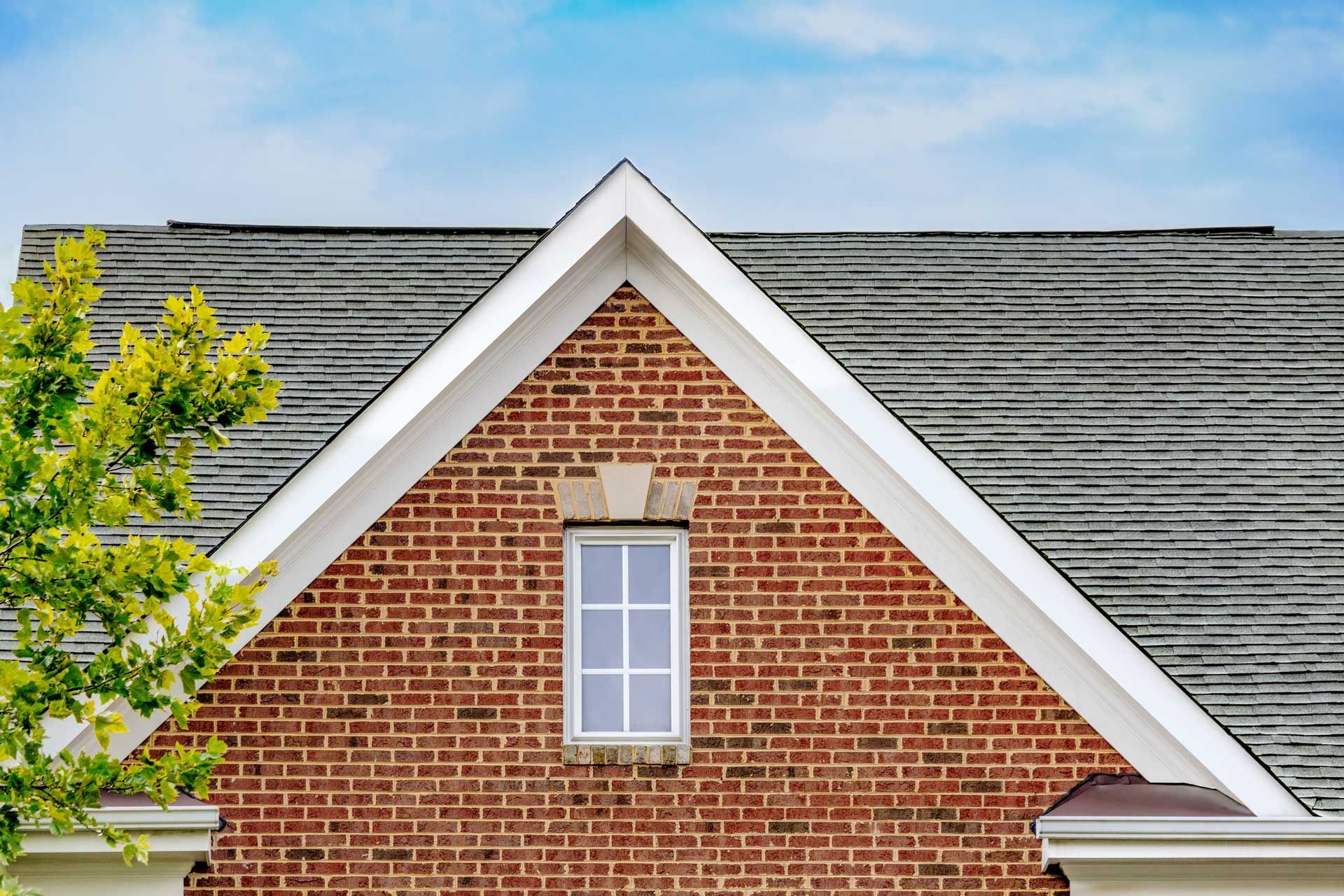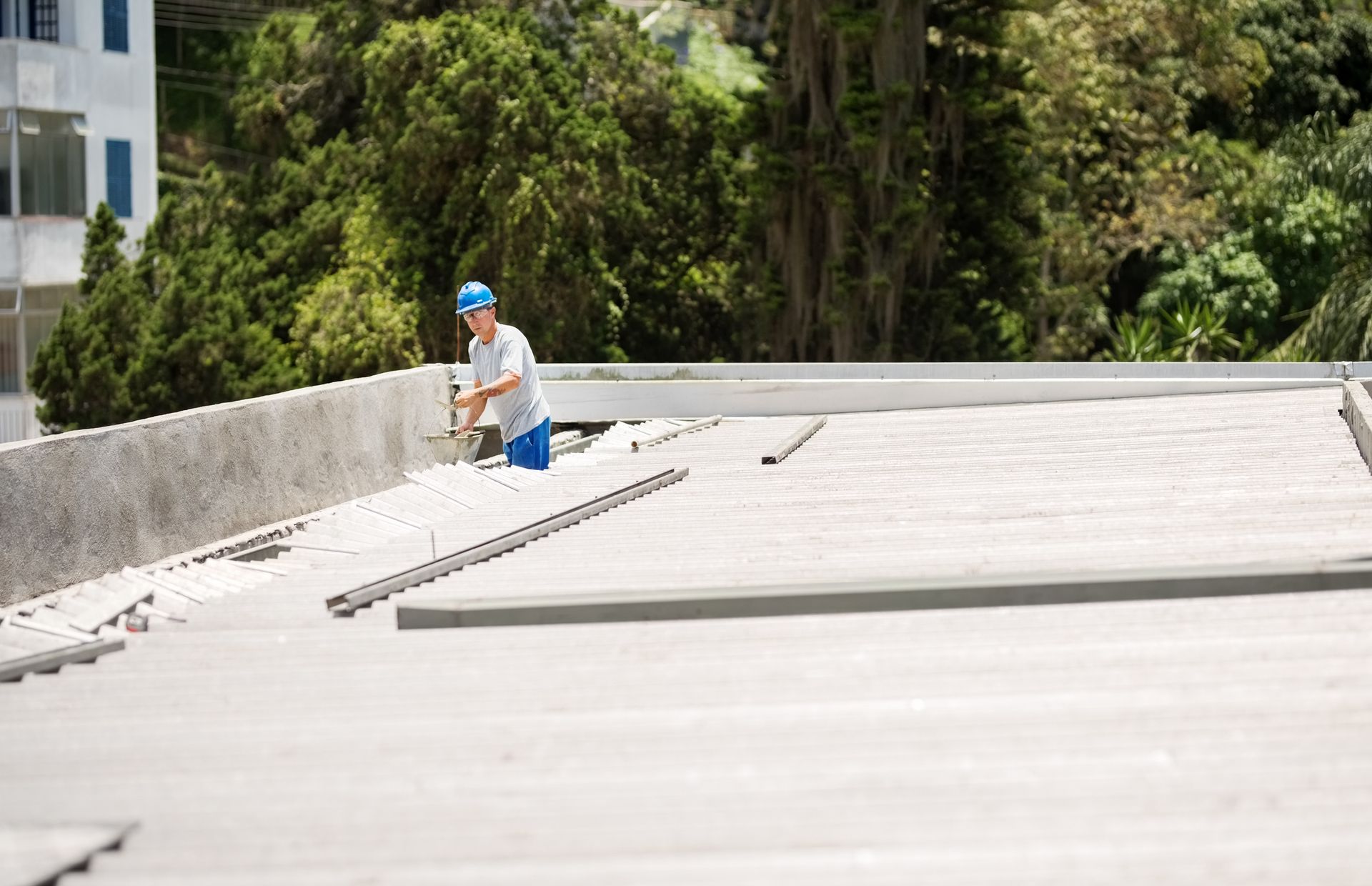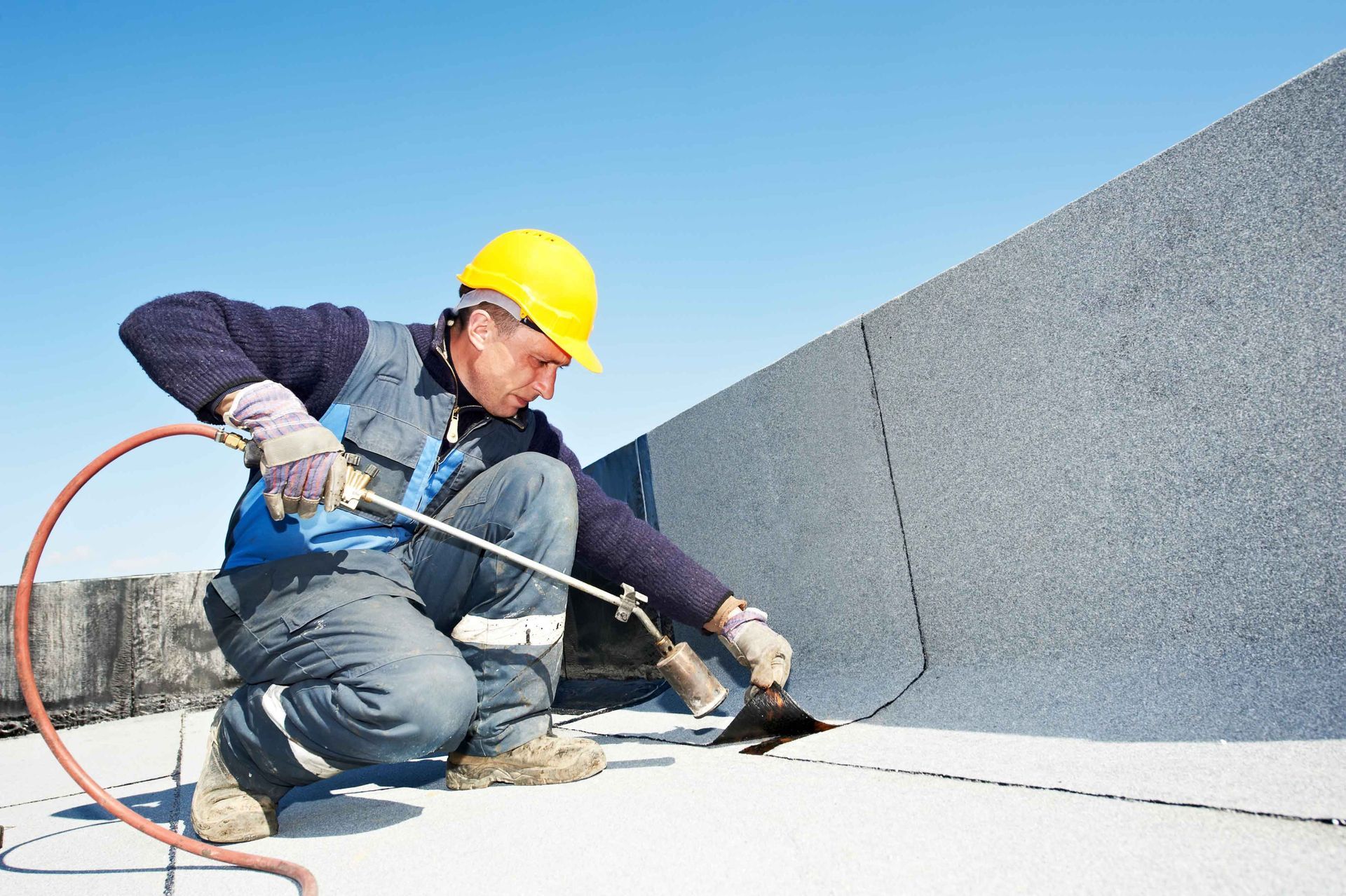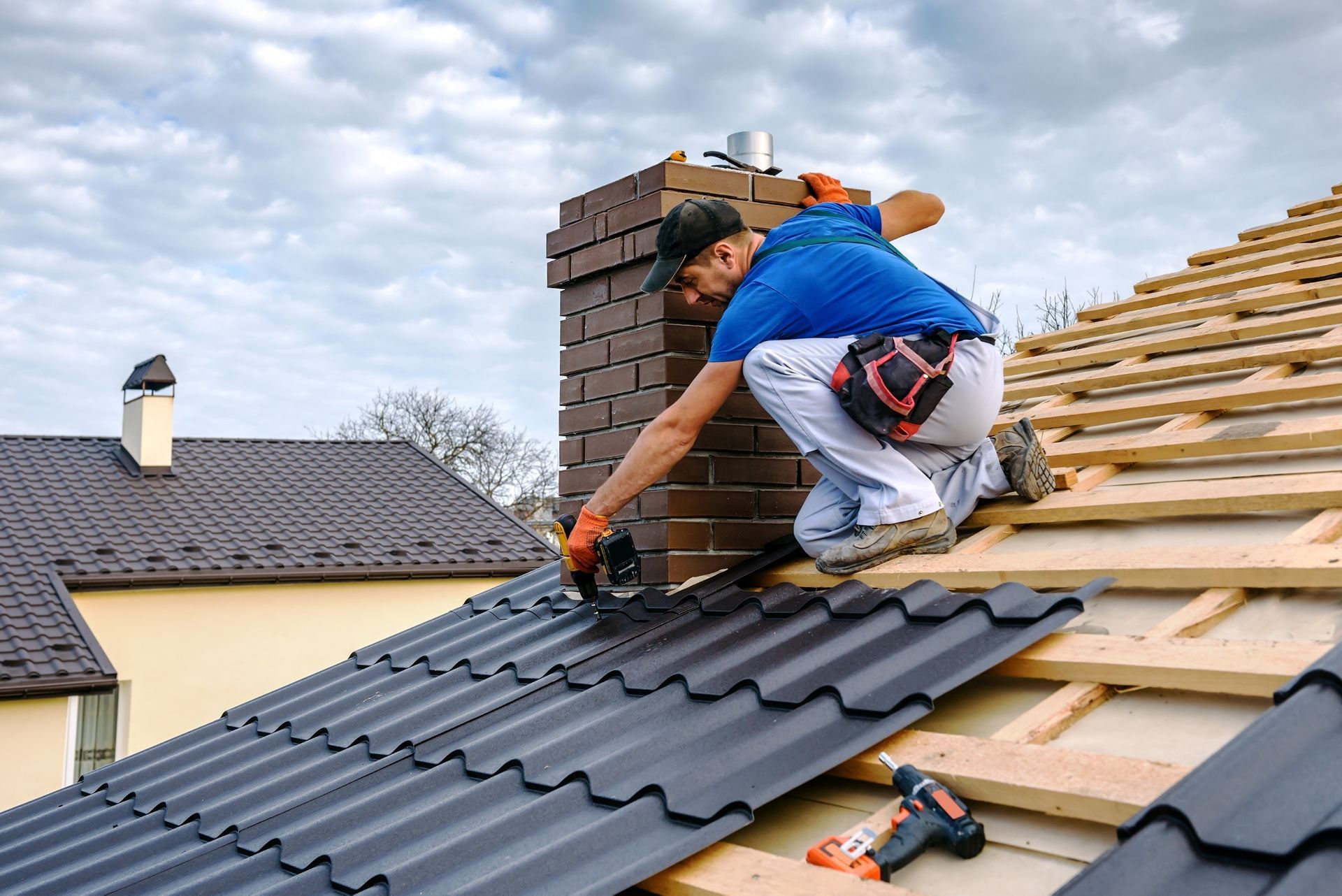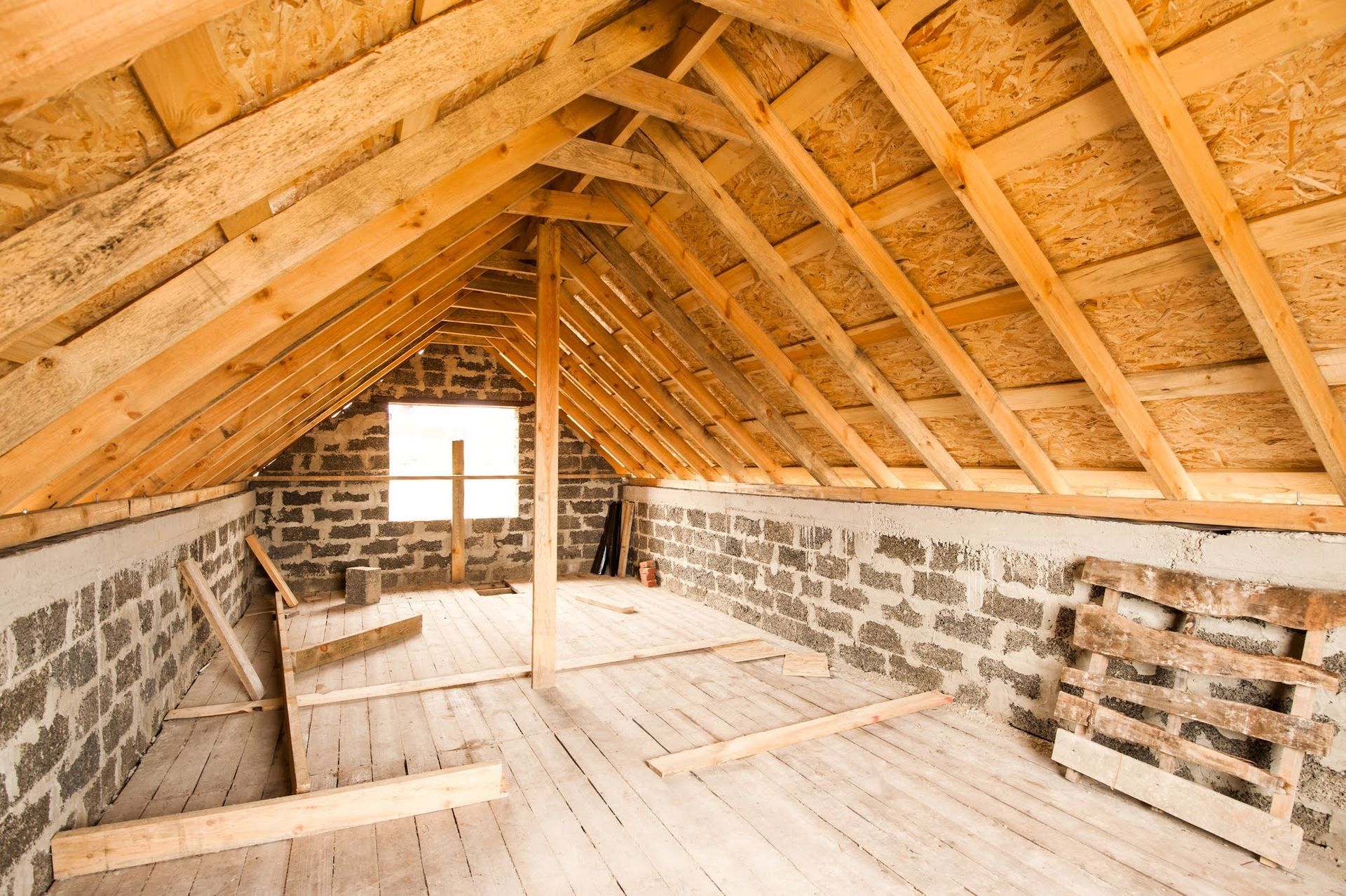The Hidden Effects of Ice and Snowfall on Your Illinois Roof
Winter in Illinois can be quite beautiful, but it also brings heaps of snow and sheets of ice upon roofs, posing a danger to homes and hiding severe damage. Your roof has to silently bear the brunt of the harsh weather, which isn't always visible to the naked eye.
This blog post will uncover the three hidden impacts of ice and snowfall on your Illinois roof, shedding light on what you can't see from the ground but will definitely feel in your pocket.
Damaged Soffit and Fascia
Ice and snowfall, seemingly harmless to the untrained eye, can wreak havoc on your house's soffit and fascia. The soffit, the underside part of your roof's overhang, is particularly susceptible to hidden damage.
As heat escapes from the attic, it warms the snow on the roof, causing it to melt and flow down the rooftop. But when the water reaches the overhang, where temperatures are colder due to the lack of heat from the house, it refreezes into ice.
This process, known as ice damming, can back up under the shingles. This causes water to seep into the soffit, eventually compromising the structural integrity of your roof.
The fascia, the vertical finishing edge connected to the ends of the rafters, is equally vulnerable to weather-related damage. It supports the lower edge of the bottom row of tiles and carries all the guttering.
When snow and ice overload the gutters, the added weight can put tremendous strain on the fascia. The consequent dampness from the melting ice and snow can cause the fascia board to rot or warp.
Worse still, the moisture may encourage mold growth, further compromising the structural integrity of your house. The snow's melting and refreezing cycle can cause the fascia to constantly expand and contract, leading to cracks and other forms of damage.
Curling and Blistering of Shingles
Shingles are the outermost protective layer of your roof. They take the brunt of all weather-related damage, including that caused by ice and snowfall. As snow accumulates on rooftops, it forms a layer of insulation that traps heat. This can cause the roof's shingles to become warmer than their intended temperature.
The unnatural heat can deteriorate the adhesives that hold the shingles in place, causing them to curl or lift. This makes them more susceptible to being blown off by strong winds and exposes your roof's underlayers to the elements.
Additionally, the constant freezing and thawing of snow and ice can cause shingle blistering when air or moisture becomes trapped in the shingles. When the snow eventually melts, water seeps under these curled shingles and leaks through into your attic. If the water refreezes before it leaks through, it can expand and force the shingles to lift even further.
Blistering not only compromises your roof's function and aesthetic appeal but also signifies a much deeper problem. The protective granules of the shingles may fall off from these blisters, leaving the shingles exposed to the elements. This can lead to further deterioration and a reduced roof lifespan.
Clogged Gutters
Gutters are designed to carry rainwater away from your home's foundation, preventing water damage and maintaining the integrity of your structure. However, during a brutal winter, these gutters can quickly become clogged with ice and snow. When snow piles up on your roof, it can melt into your gutters, only to refreeze when temperatures drop.
As more and more ice accumulates, it forms an ice dam, effectively blocking any further water from draining away. This ice dam can prevent the run-off of melting snow, causing water to back up, seep under your shingles, or overflow from the gutters themselves. This problem can trigger potential water damage to your home's exterior and foundation.
Snow and ice can be beautiful to look at, but ignoring their effect on your roof can lead to serious damage to your home. Jerry Newman Roofing & Remodeling Inc offers professional roof maintenance, repair, and replacement services to ensure your Illinois home is protected all year round.
Contact us today if you suspect your roof has been negatively impacted by snow and ice. Don't wait until it's too late––address these hidden effects before they become costly repairs.






